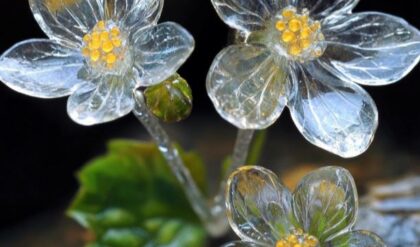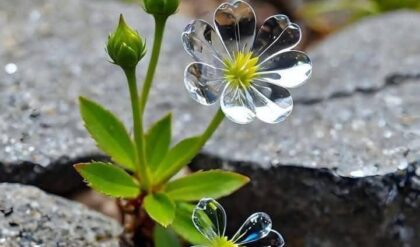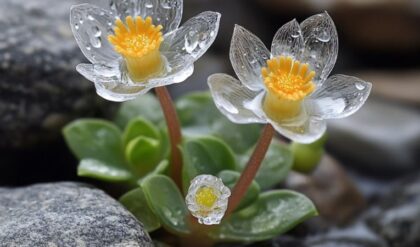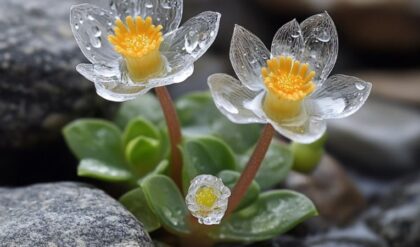The enchanting allure of the Butterfly Begonia has captured the imagination of plant lovers and curious minds alike, evoking a sense of wonder about its beauty and rarity. However, as the viral pictures spread across social media platforms, questions regarding the authenticity of this captivating plant have surfaced. Is it a genuine botanical marvel, or is it merely an illusion crafted by modern technology?
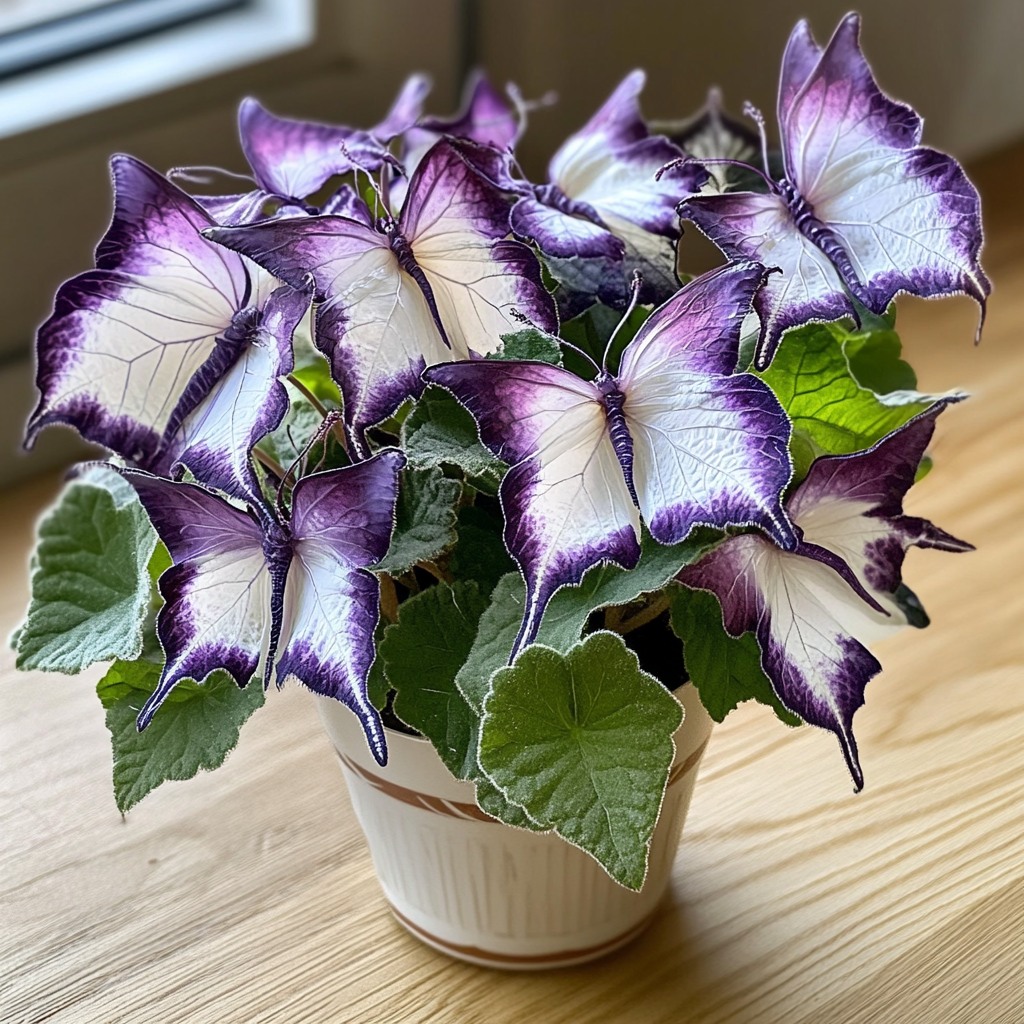
The Rise of Viral Plant Culture
In recent years, the phenomenon of “Instagrammable” plants has taken root in our digital landscape. These visually stunning flora often exist at the intersection of reality and fantasy, where images can be manipulated to create something that resembles nature but isn’t necessarily grounded in it. The Butterfly Begonia, specifically dubbed the Moonlight Butterfly in various online posts, seems to be one of those creations that stirred significant controversy and confusion .
Unraveling the Mystery: Fact vs. Fiction
As various sources converge on the truth about the Butterfly Begonia, a consensus emerges: it is, in fact, not a real plant. Reports confirm that the images circulating online are largely AI-generated or edited, leading many to label these manifests as part of a broader trend where reality is blurred for the sake of aesthetic appeal . According to these insights, the allure of the Moonlight Butterfly exists primarily within the confines of pixels rather than petals.
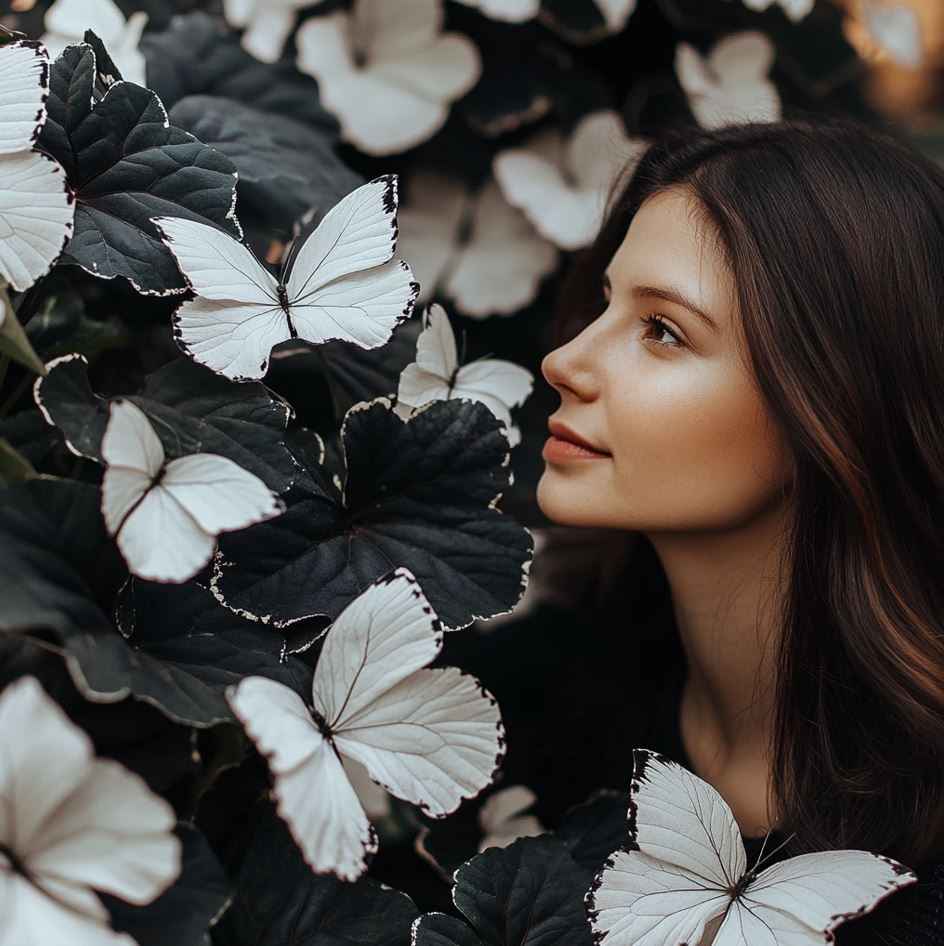
Interestingly, even reputable sites have echoed similar sentiments, reinforcing the notion that many plants touted as revolutionary discoveries may instead be elaborate digital hoaxes designed to grab attention. The excitement surrounding the Moonlight Butterfly aligns with how humans naturally crave novelty—especially when intertwined with the botanical world.
The Digital Era’s Garden of Illusions
What makes this situation particularly fascinating is the role of technology in shaping our perceptions of reality. Much like the phenomenon of deepfakes, where one’s likeness can be rendered nearly indistinguishable from authenticity, the AI manipulation in plant imagery presents the viewer with a stunning visual, albeit detached from the essence of genuine biodiversity. This raises pivotal questions: Are we nurturing a culture that favors aesthetics over authenticity? What does it say about our relationship with nature if we find more satisfaction in fabricated beauties than real ones?
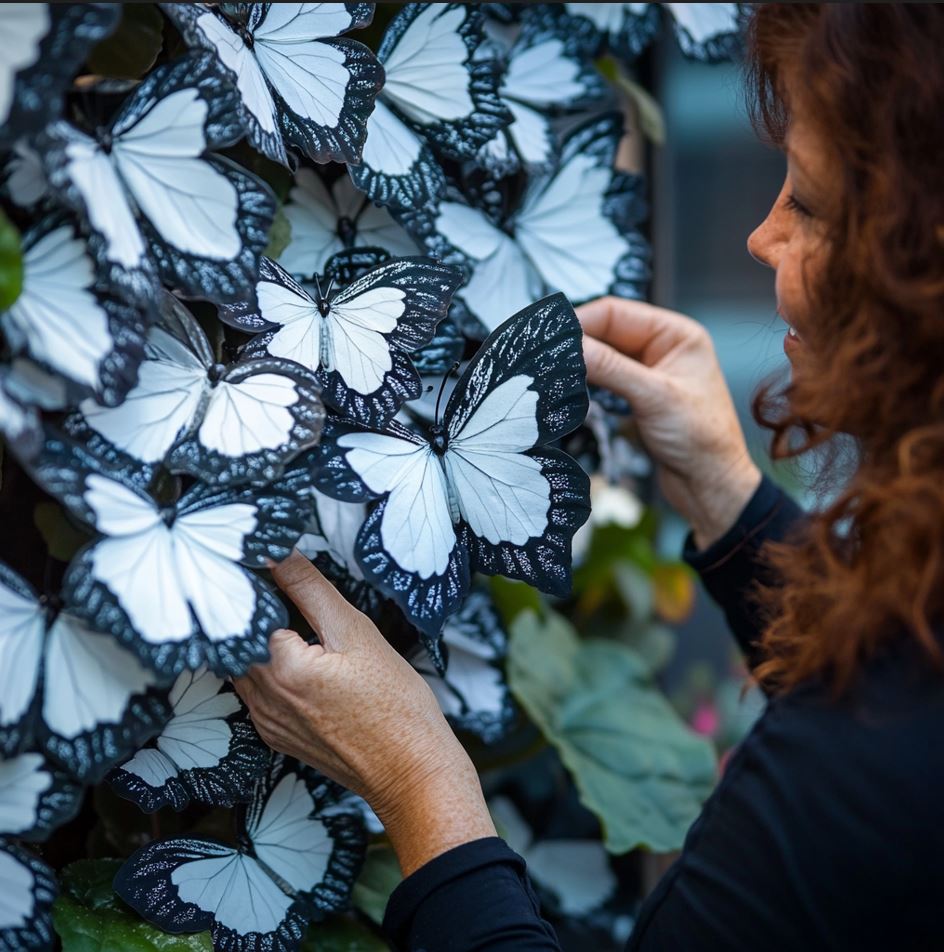
Cultural Implications and Consumer Behavior
This scenario also unveils deeper societal implications about consumer behavior. If people gravitate towards images of the Butterfly Begonia without awareness of its fake nature, it invites contemplation about trust in media and advertising. In a world increasingly governed by the visuals presented on screens, consumers face the dilemma of navigating choices enhanced by technological seduction, challenging their ability to discern true value versus superficial appeal.
Moreover, the tendency to pursue unique and rare plants—real or artificially curated—stems from a desire for individuality in personal spaces. It’s as if home decor has become an extension of one’s identity, and the proliferation of such scam-like offerings preys on these yearnings. Yet, such motivations also call into question the ethical responsibilities of creators and marketers in showcasing what is real and what is artificially constructed .
In summary, while the Butterfly Begonia could adorn countless screens and social media feeds as a vibrant symbol of beauty, its underlying existence reveals an interplay between artifice and authentic life. As images of this plant circulate far and wide, they serve as a reminder of both human creativity and the imperative need for thoughtful discernment in an age where reality can feel as malleable as the whims of digital designers.
